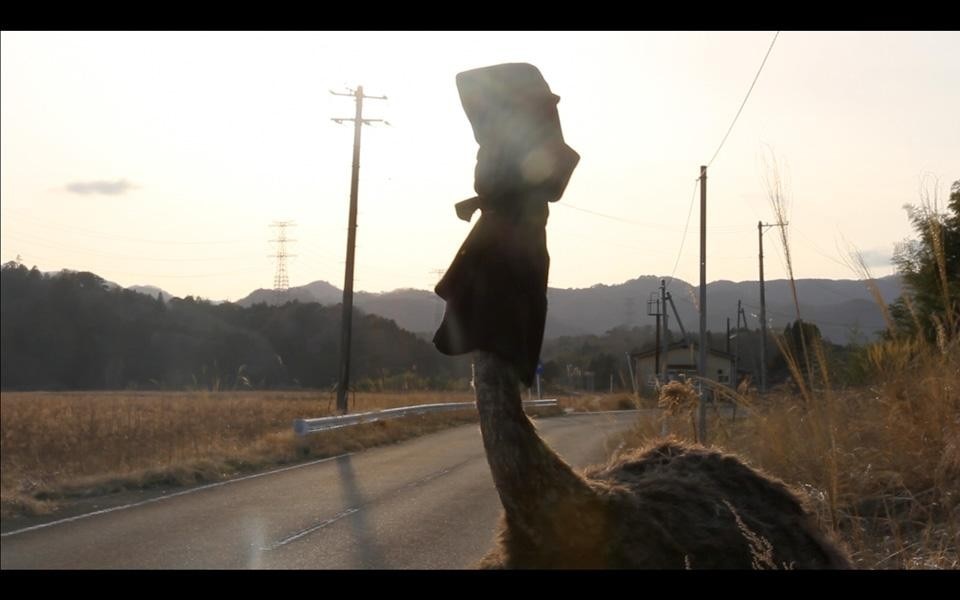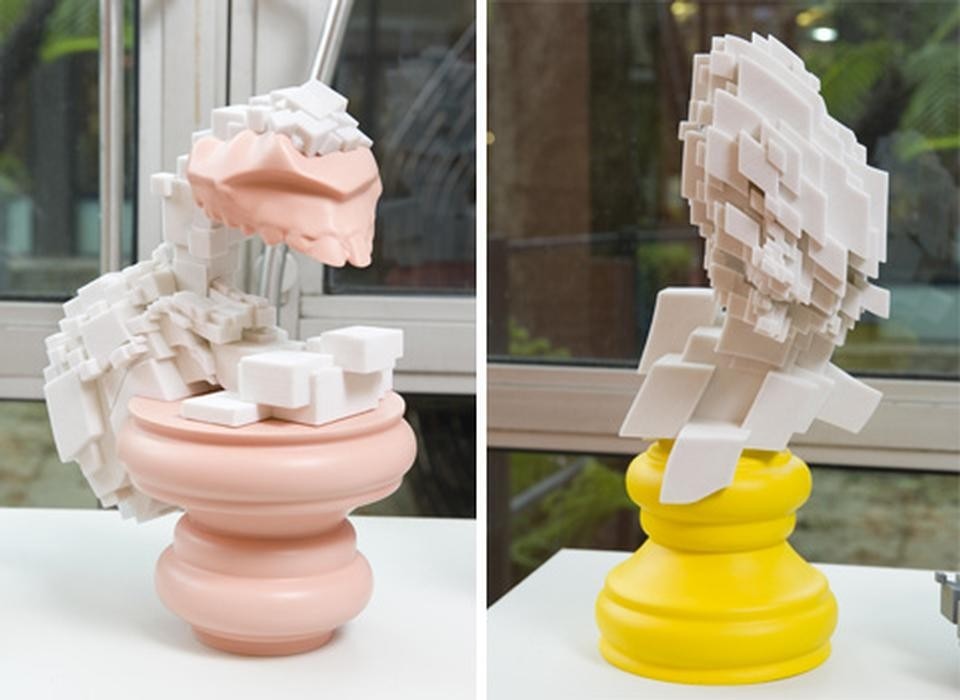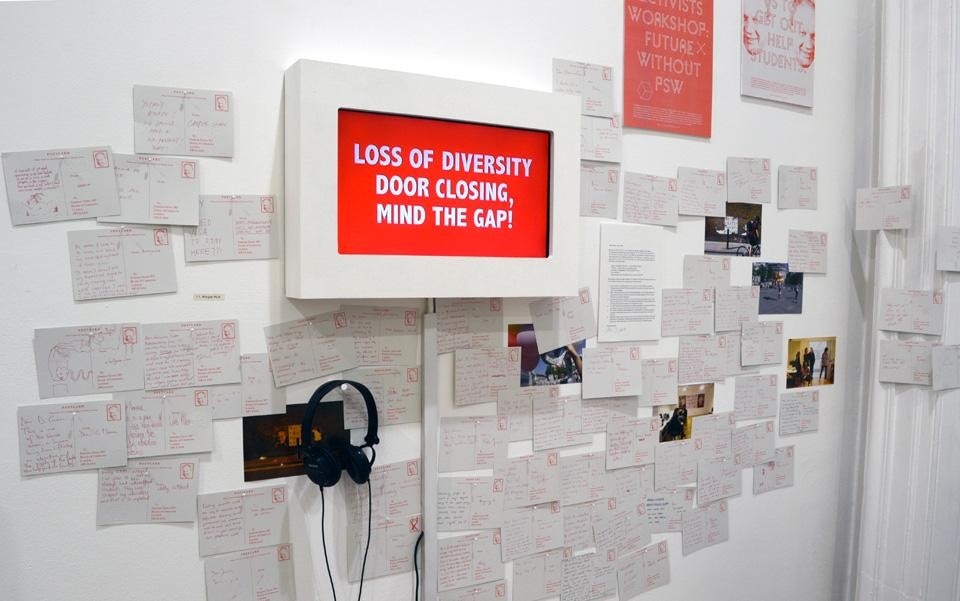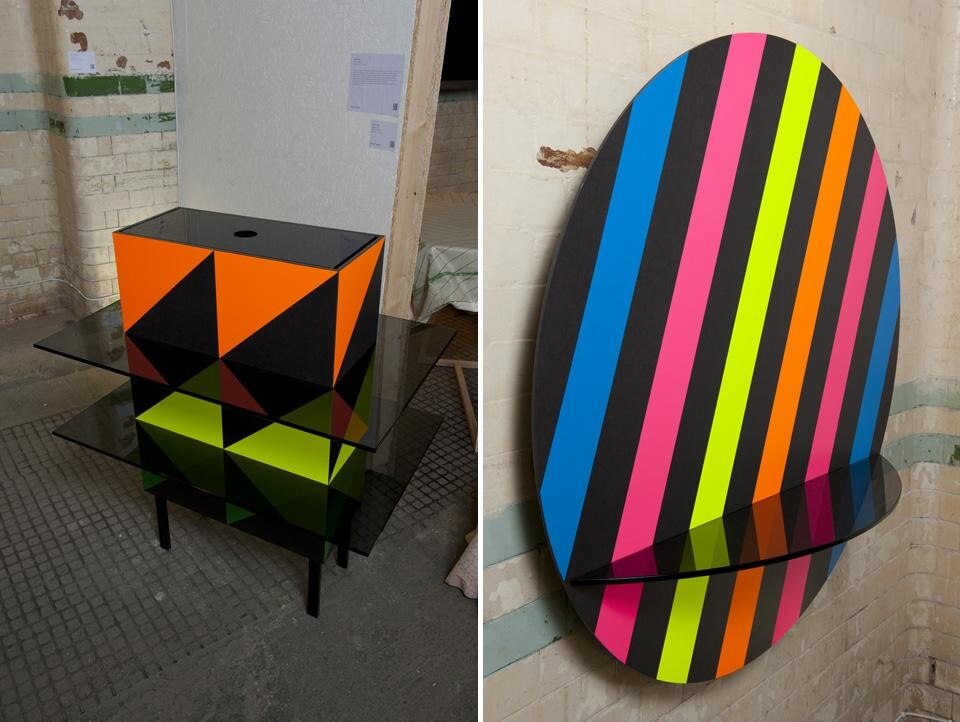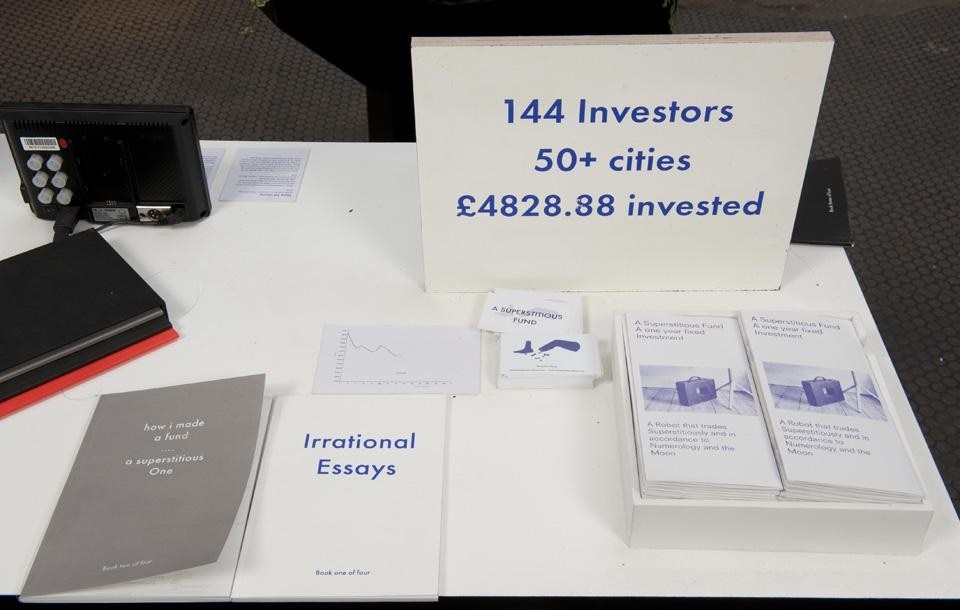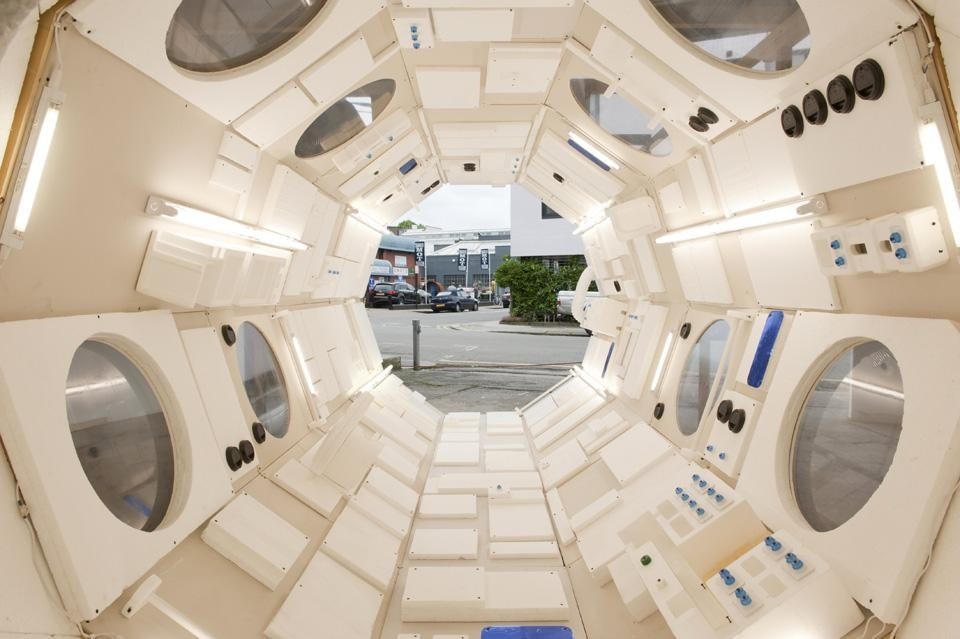This year provided plenty to think about before even getting to individual student work. For the first time design was split in two, with Design Interactions and Design Products at the College's Battersea campus, while Innovation Design Engineering and the rest of the design-led disciplines remained at the South Kensington site. This division reflects bigger regroupings at the RCA to reflect its growing size: this year saw the biggest ever cohort of over five hundred art and design graduates.
The increasingly populated field is just one of the concerns for this year's graduates. Facing unfavourable economic conditions and mounting environmental and social challenges, there was a notable ethical and political charge in many of the exhibits.
Visitors to Battersea's de-industrial Testbed 1 site were welcomed by Joseph Popper's The One-Way Ticket, a low-tech film prop representing the interior of a space capsule, intended to question our view of space as the final frontier. Man's extension into new environments was just one of the subjects explored by Design Interactions students, that also included speculations on advances in digital, transgenic and biotechnologies in relation to issues such as ageing populations and food shortages. While weaker projects stretched the bounds of incredulity, others showed real insight, like Shing Tat Chung's A Superstitious Fund, a trading algorithm based on lunar cycles and numerology that neatly exposed the irrationality and unpredictability of today's financial markets.
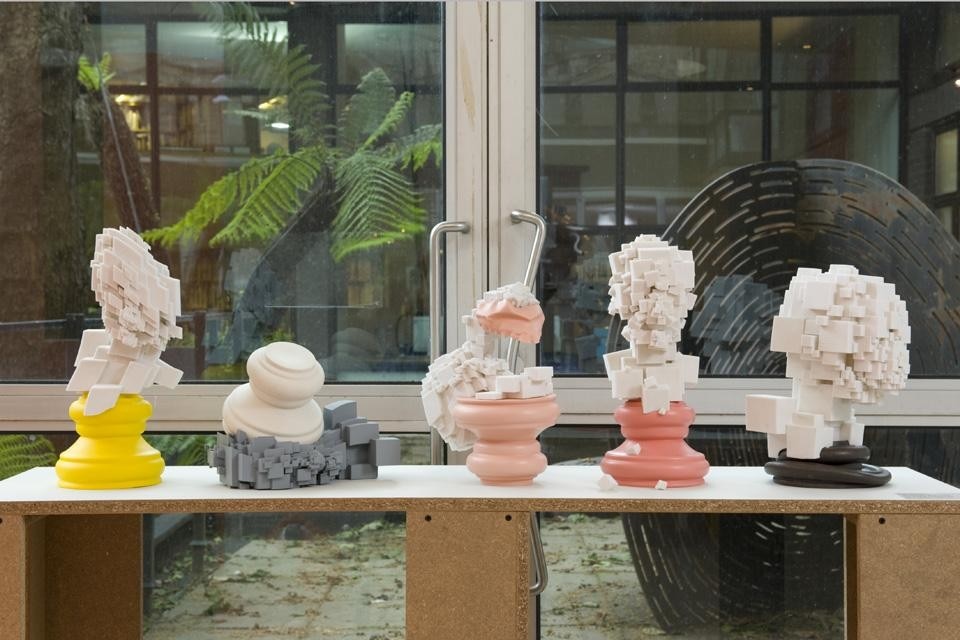
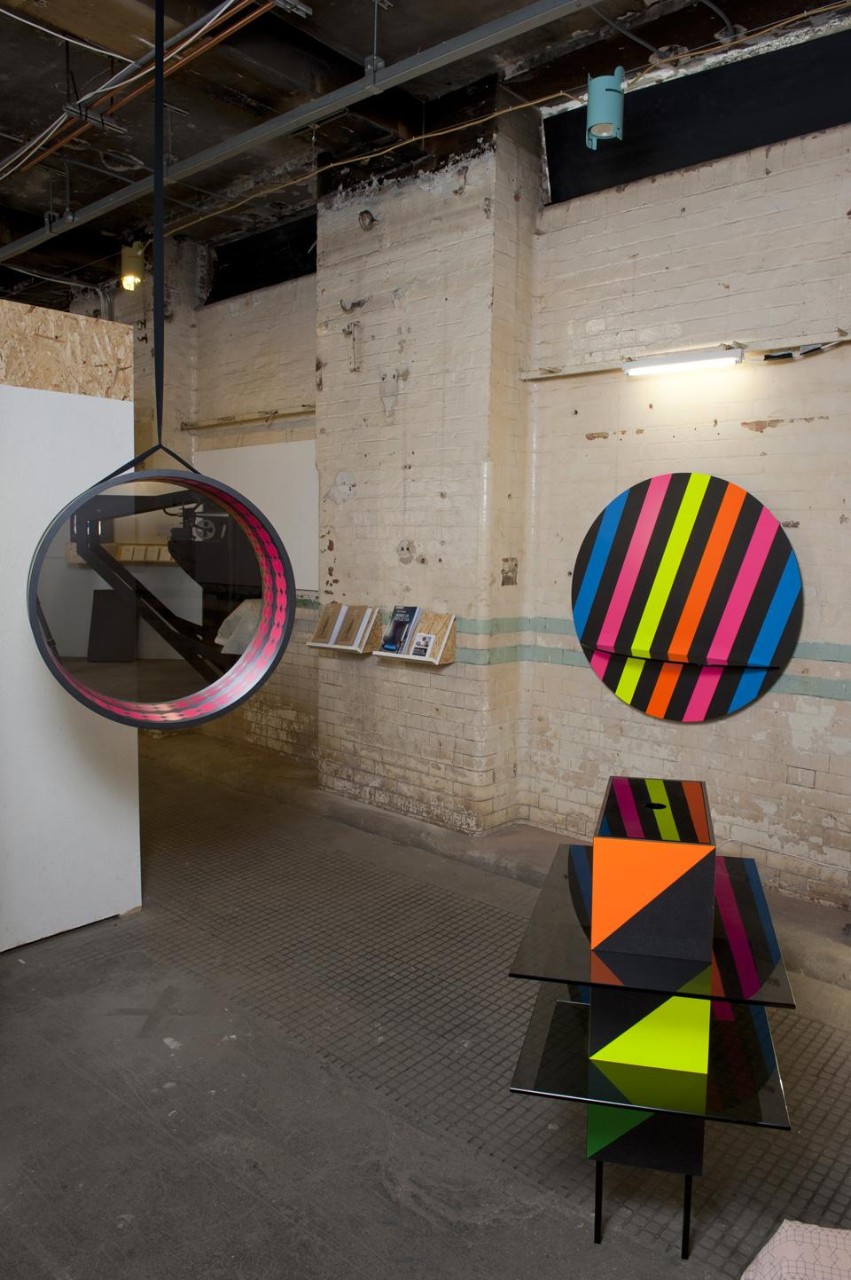
Although the split between the design disciplines created artificial divisions between the students' work, the Vehicle Design and Innovation Design Engineering displays at South Kensington were equally impressive. As with any degree show there were some misses, however both showcased projects that demonstrated a desire to use design for social good alongside technological innovations such as Eunhee Jo's interactive textile surfaces and Mimi Zou's Iris, a biometric re-invention of the camera that tracks eye movements to control the lens and take photographs when you blink.
Across the RCA, there is a willingness to experiment and explore the boundaries of their discipline — a vital skill for those seeking to make their way in design today
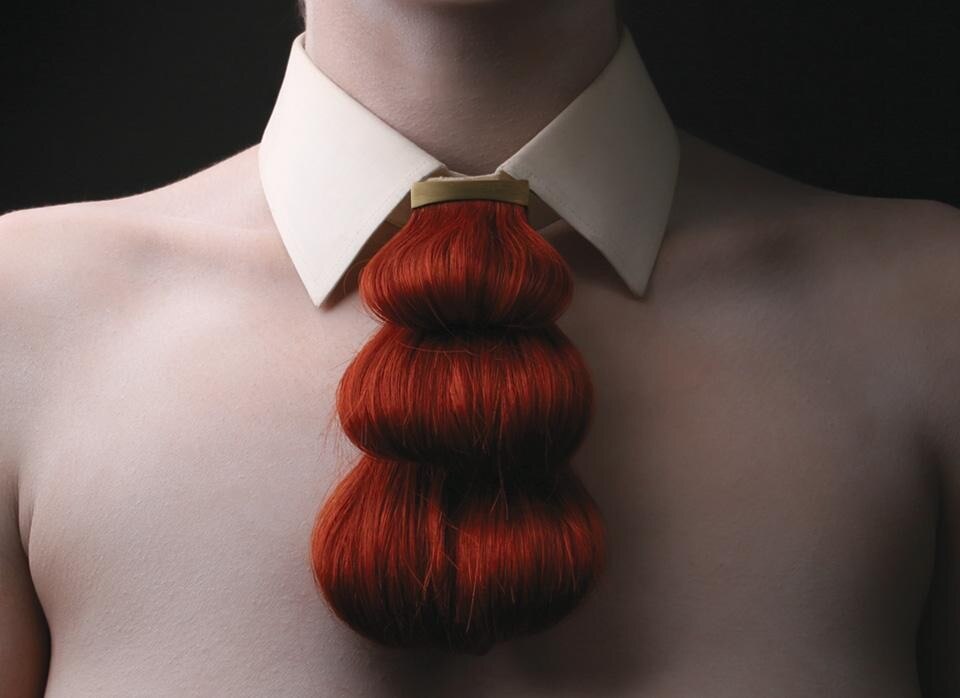
This broad spectrum of conceptual and production-orientated work continued in the other departments, all of which demonstrated a welcome emphasis on material experimentation. In Goldsmithing, Silversmithing, Metalwork & Jewellery, Emma Montague and Nina Khazani used animal teeth and human hair respectively to create objects that fell more into the realm of fashion accessory than conventional jewellery.
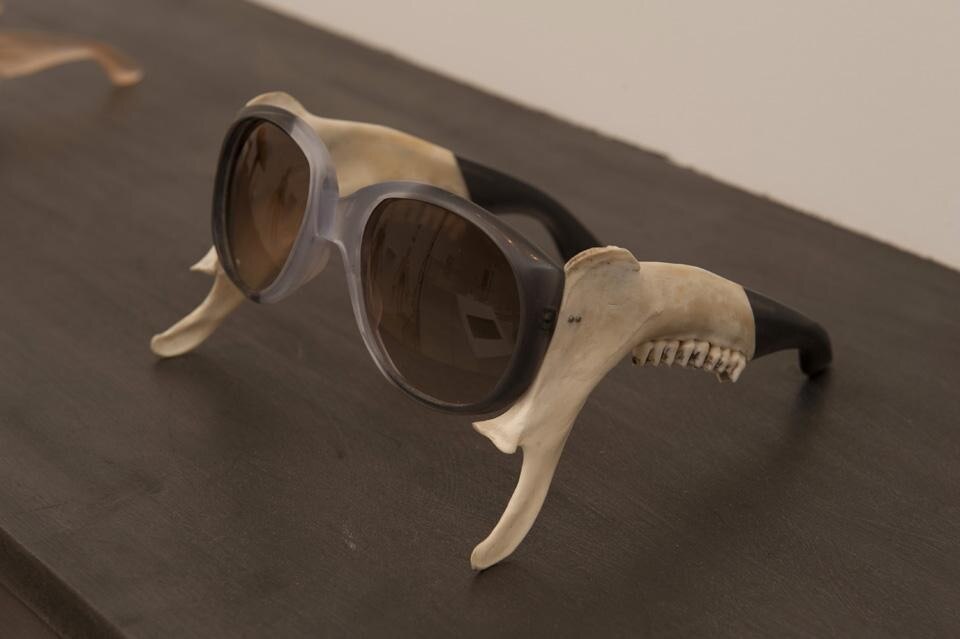
The internationalism of the student body is just one factor behind the high quality of the RCA's research activity, a small fraction of which is mentioned here. In addition to the School of Fine Art are the students of the Humanities School, which this year saw the first graduates from its new Critical Writing in Art & Design programme. Here, as across the RCA, there is a willingness to experiment and explore the boundaries of their discipline — a vital skill for those seeking to make their way in design today, and one that many of the students leave here are more than equipped with. Catharine Rossi
